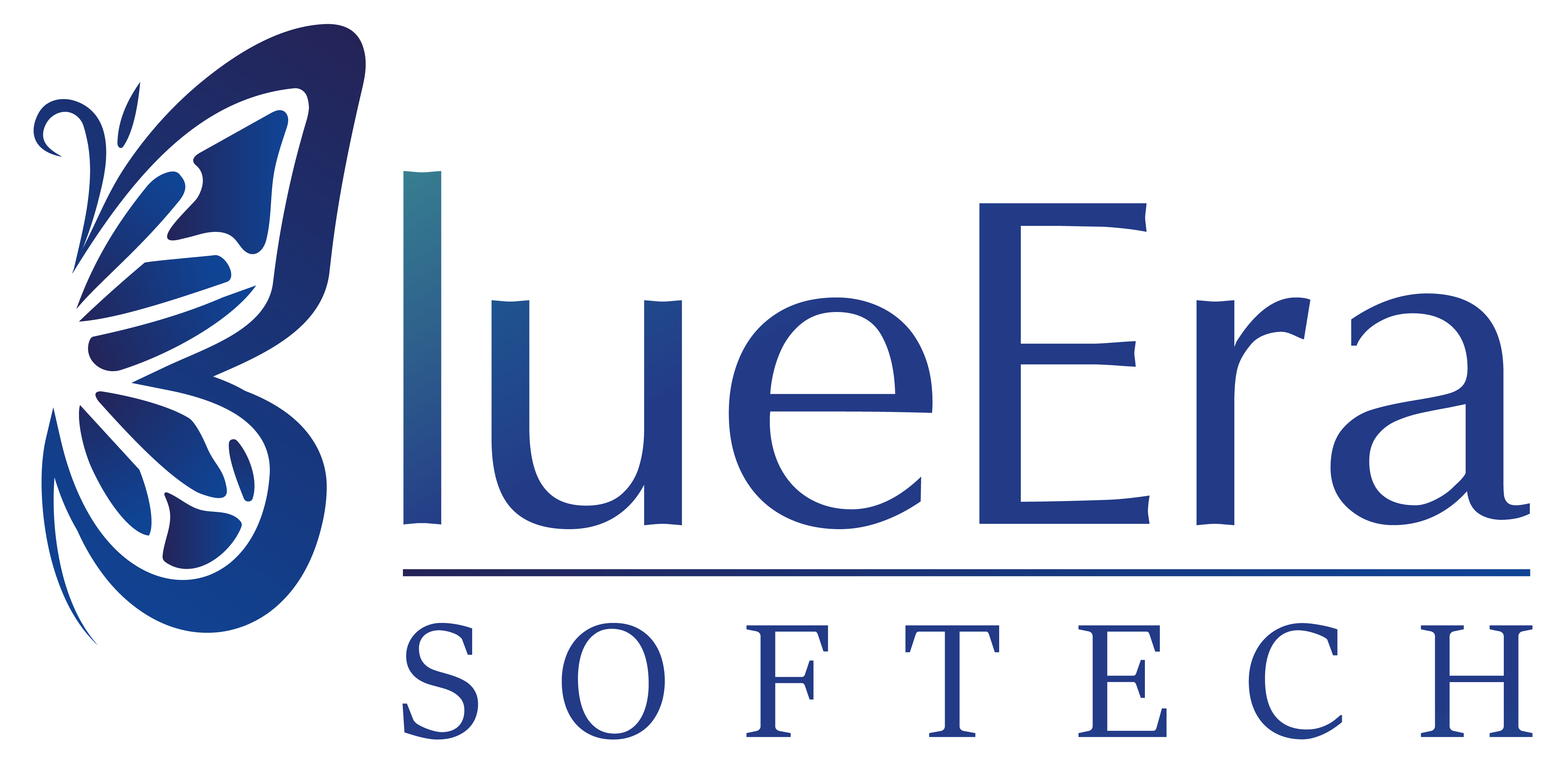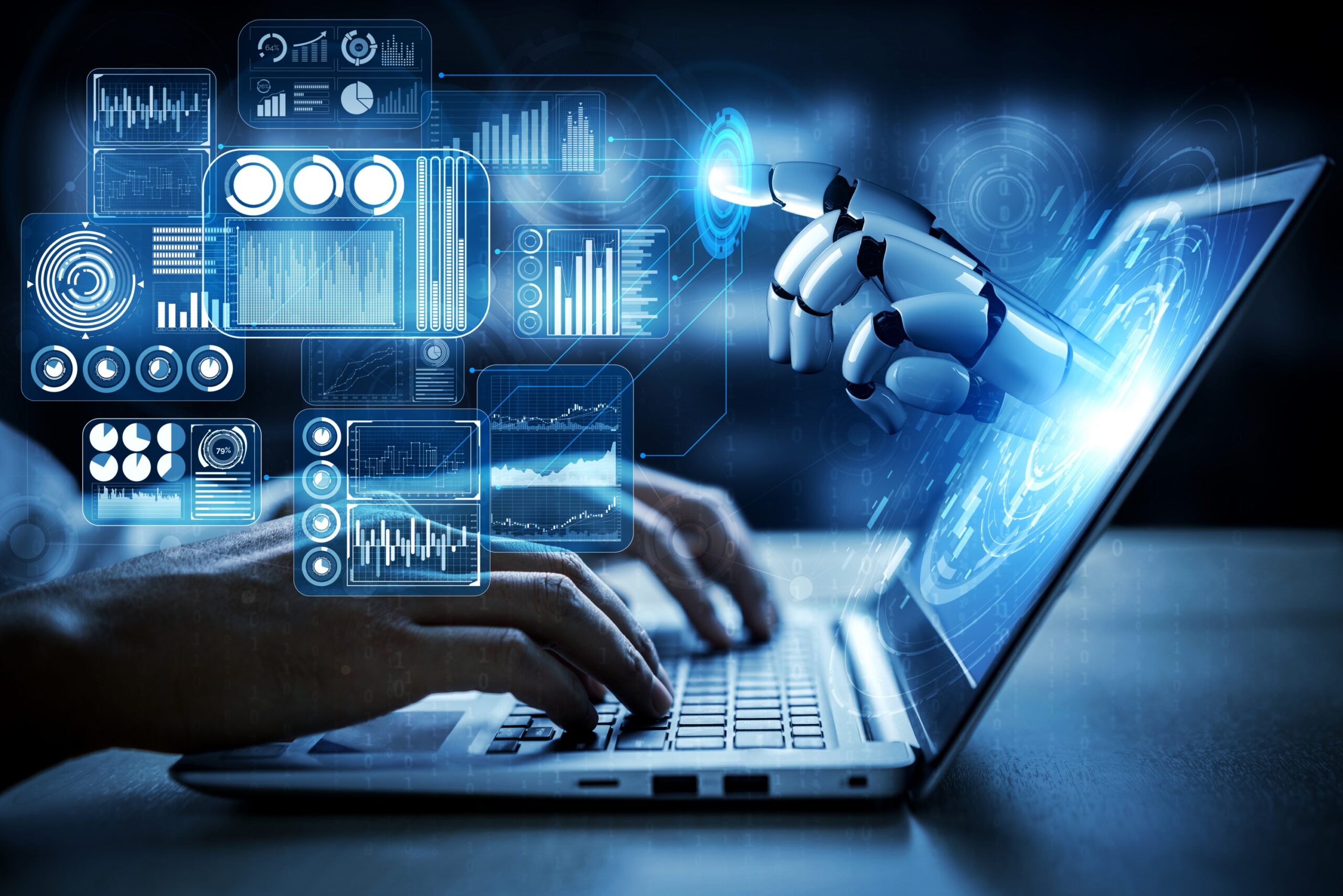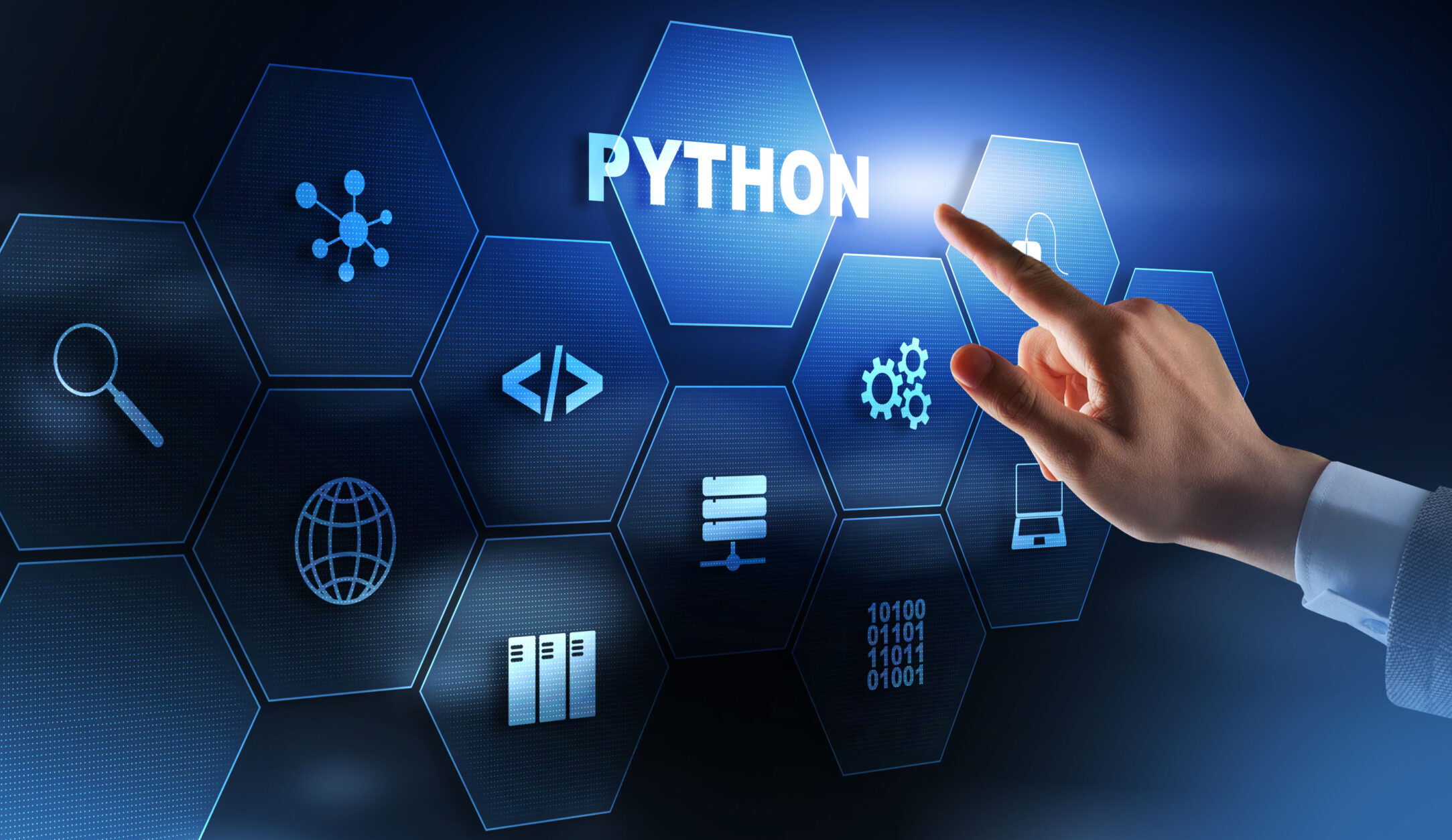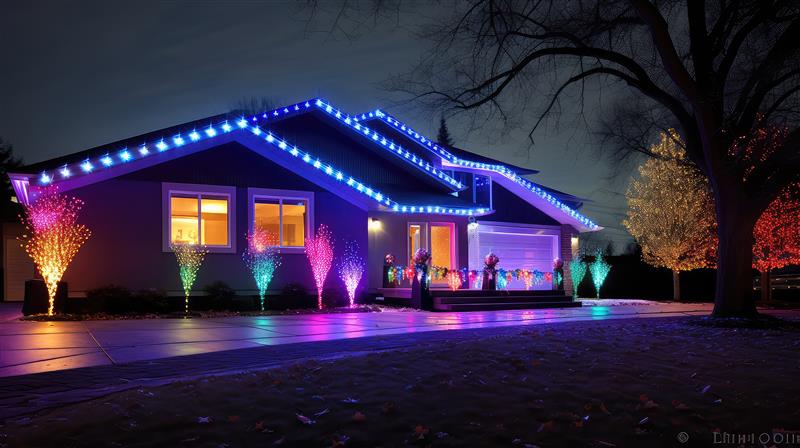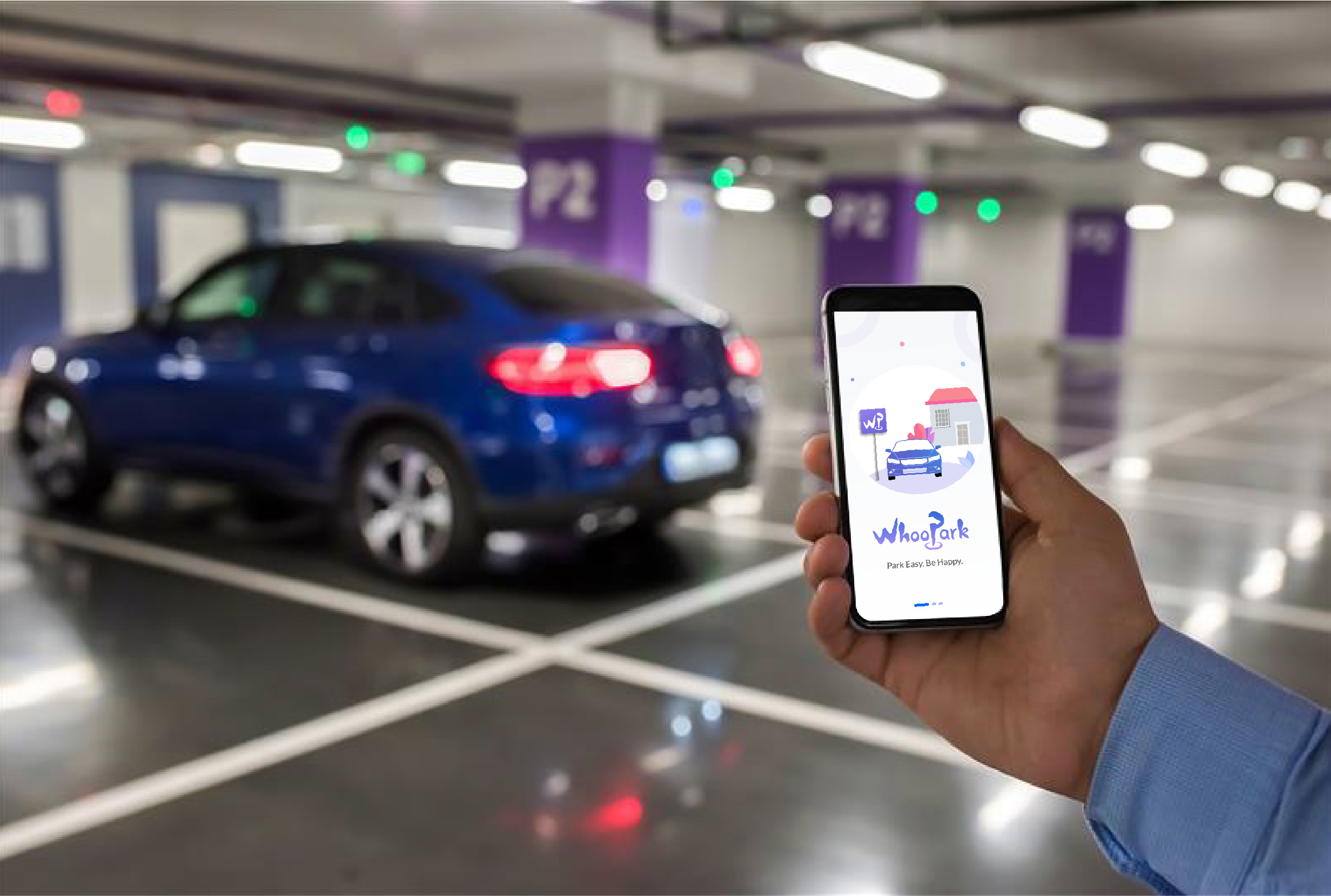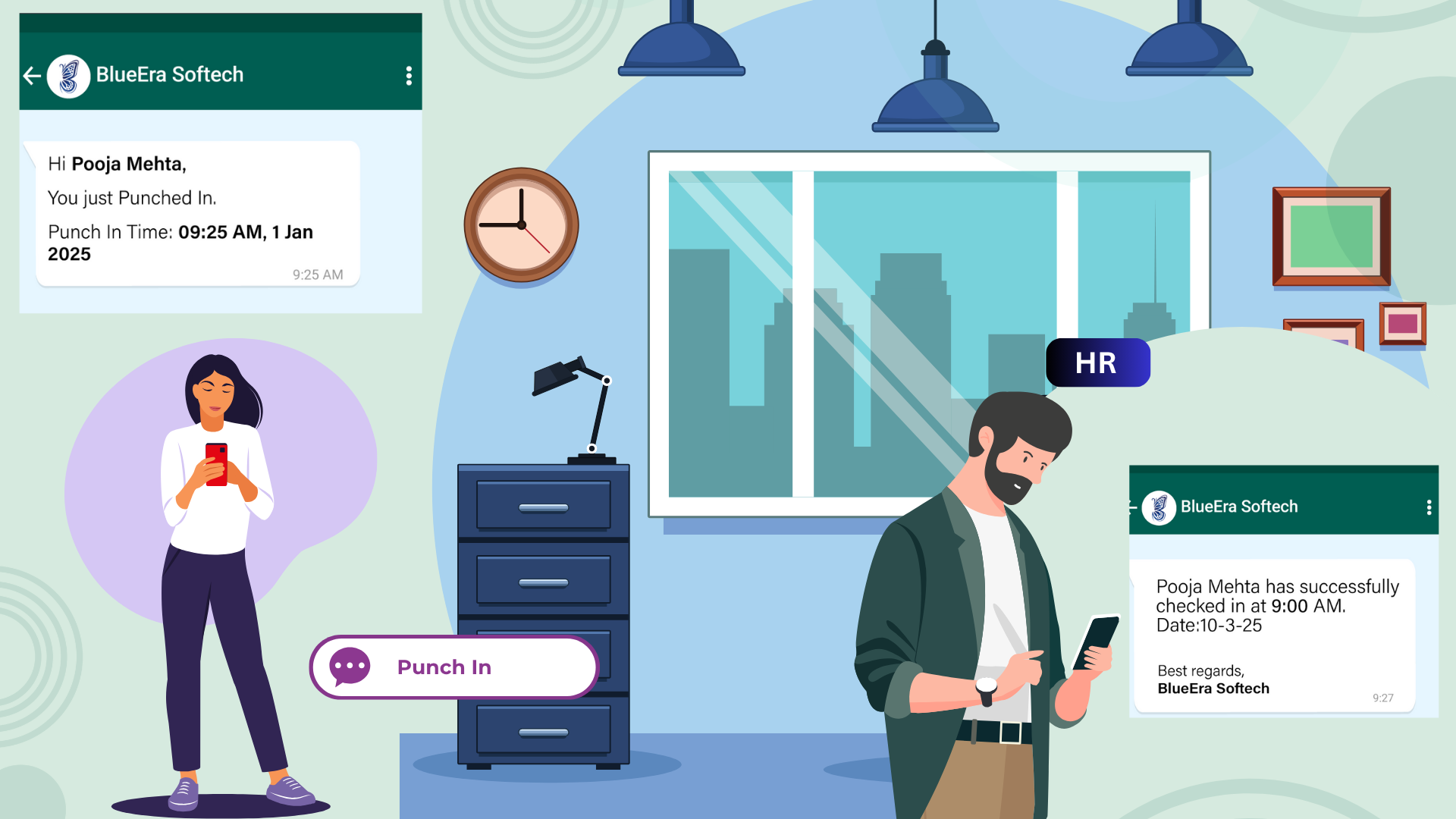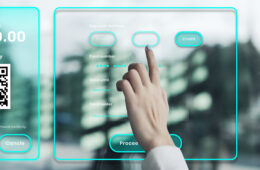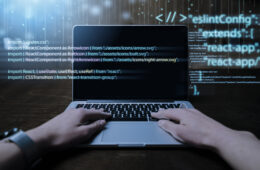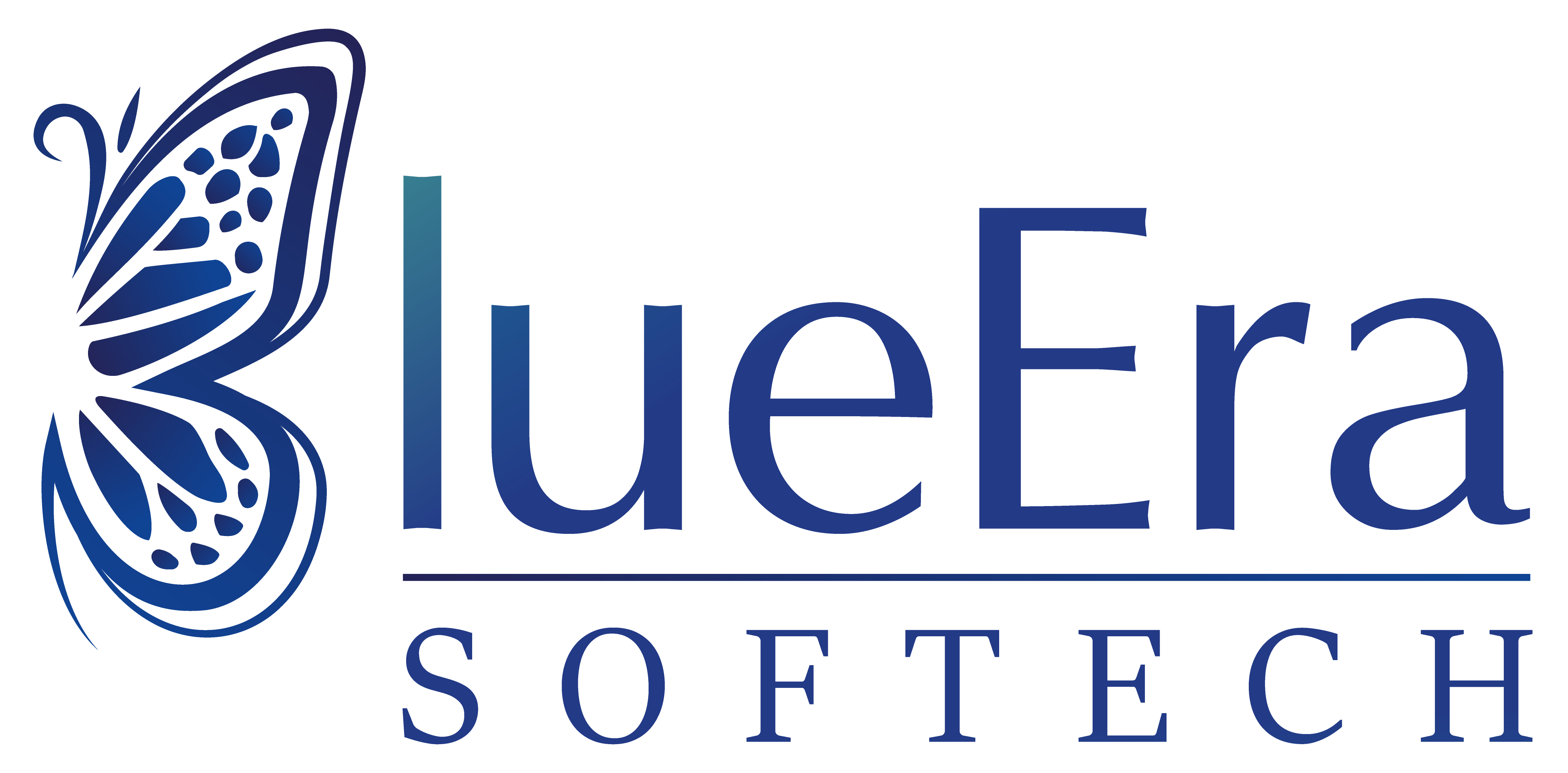- Our Edge
Leading Tech Offerings for
Solution
An UiPath and Python RPA based automates data extraction, Excel creation, and billing portal order submission with error handling.
Solution
Built on AWS, this scalable platform integrates mobile and contact center systems for real-time health data and patient interaction.
Solution
A Python-Django based platform on AWS enables efficient video uploads, processing, and retrieval with automated, asynchronous workflows.
Solution
A mobile app for seamless control of indoor and outdoor LED lighting with themes, scheduling, and device grouping.
Solution
Advanced tracking for Shopify, Webflow, and WordPress using browser and server-side methods with platform-wide integrations.
Solution
A dual-role platform to instantly find or list parking spots with real-time availability, price comparison, and easy booking.
Solution
Integrates with Time & Attendance and Access Control systems to send real-time updates, alerts, and summaries via WhatsApp.
- Smart Solutions
- Insights
- Careers
- Contact
Have Any Questions?
+91 99788 34345
- Our Edge
Leading Tech Offerings for
Solution
An UiPath and Python RPA based automates data extraction, Excel creation, and billing portal order submission with error handling.
Solution
Built on AWS, this scalable platform integrates mobile and contact center systems for real-time health data and patient interaction.
Solution
A Python-Django based platform on AWS enables efficient video uploads, processing, and retrieval with automated, asynchronous workflows.
Solution
A mobile app for seamless control of indoor and outdoor LED lighting with themes, scheduling, and device grouping.
Solution
Advanced tracking for Shopify, Webflow, and WordPress using browser and server-side methods with platform-wide integrations.
Solution
A dual-role platform to instantly find or list parking spots with real-time availability, price comparison, and easy booking.
Solution
Integrates with Time & Attendance and Access Control systems to send real-time updates, alerts, and summaries via WhatsApp.
- Smart Solutions
- Insights
- Careers
- Contact
Have Any Questions?
+91 99788 34345
- Our Edge
Leading Tech Offerings for
Solution
An UiPath and Python RPA based automates data extraction, Excel creation, and billing portal order submission with error handling.
Solution
Built on AWS, this scalable platform integrates mobile and contact center systems for real-time health data and patient interaction.
Solution
A Python-Django based platform on AWS enables efficient video uploads, processing, and retrieval with automated, asynchronous workflows.
Solution
A mobile app for seamless control of indoor and outdoor LED lighting with themes, scheduling, and device grouping.
Solution
Advanced tracking for Shopify, Webflow, and WordPress using browser and server-side methods with platform-wide integrations.
Solution
A dual-role platform to instantly find or list parking spots with real-time availability, price comparison, and easy booking.
Solution
Integrates with Time & Attendance and Access Control systems to send real-time updates, alerts, and summaries via WhatsApp.
- Smart Solutions
- Insights
- Careers
- Contact
Have Any Questions?
+91 99788 34345
Future of UI/UX: How AI and Motion Design Are Shaping User Experience in 2025
Table of contents
Let's talk
Reach out, we'd love to hear from you!
Recent Posts
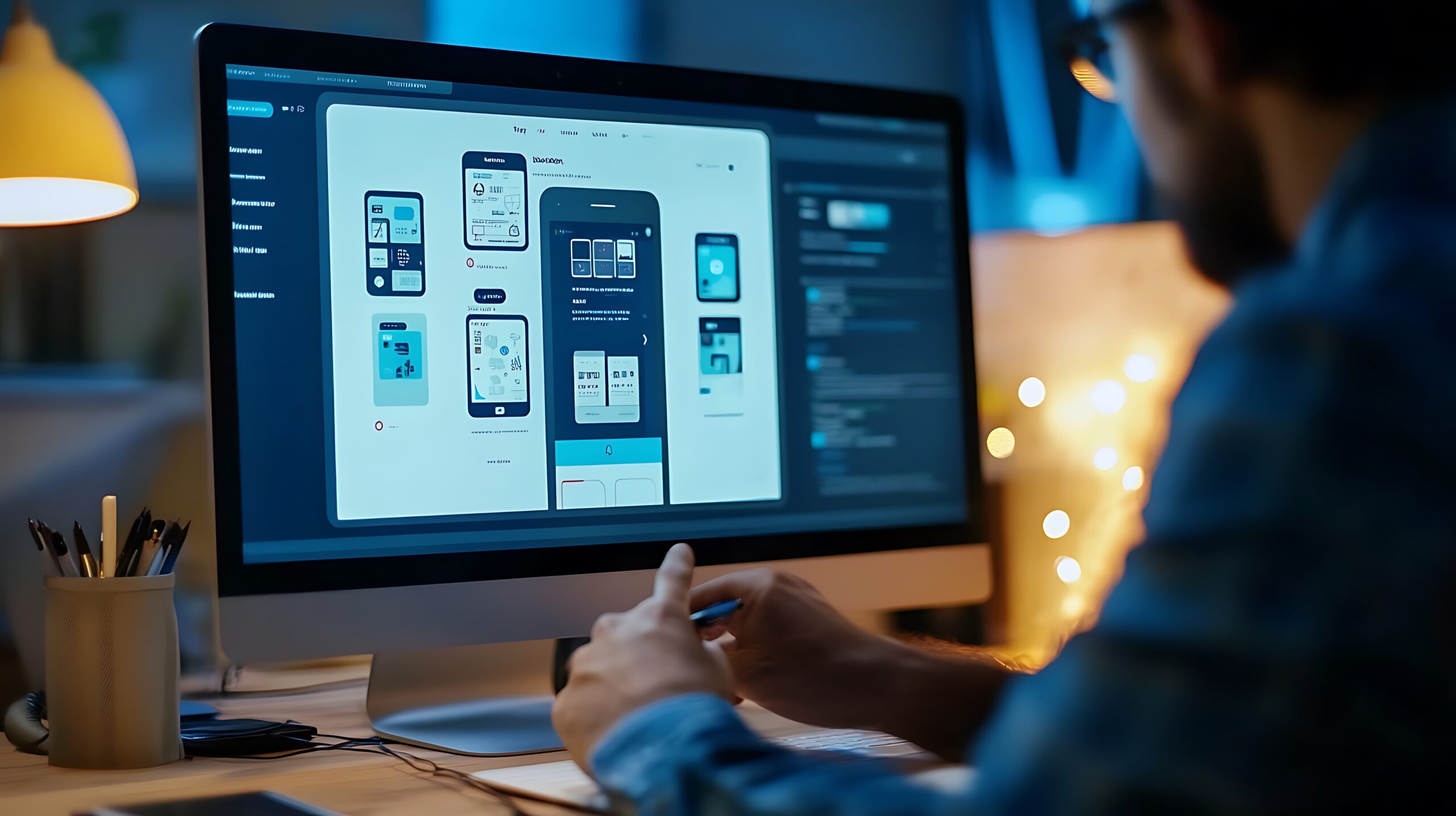
As technology evolves, so do user expectations. In 2025, UI/UX design isn’t just about aesthetics-it’s about creating seamless, smart, and emotionally intelligent experiences. With the rapid rise of AI, spatial computing, and hyper-personalization, designers are stepping into a future where interfaces adapt to users, not the other way around.
Here are the top UI/UX design trends shaping the future in 2025:
- Improved User Engagement & Satisfaction
- Increased Accessibility & Inclusivity
- Faster Decision Making & Conversion Rates
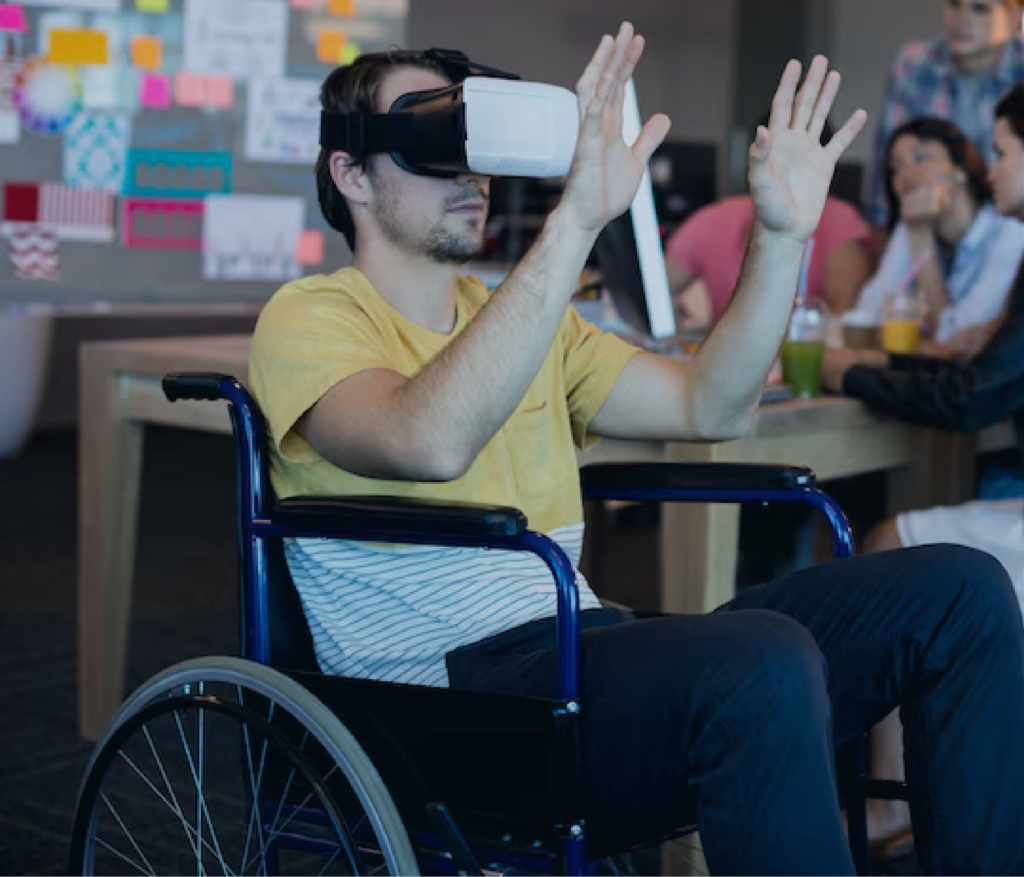
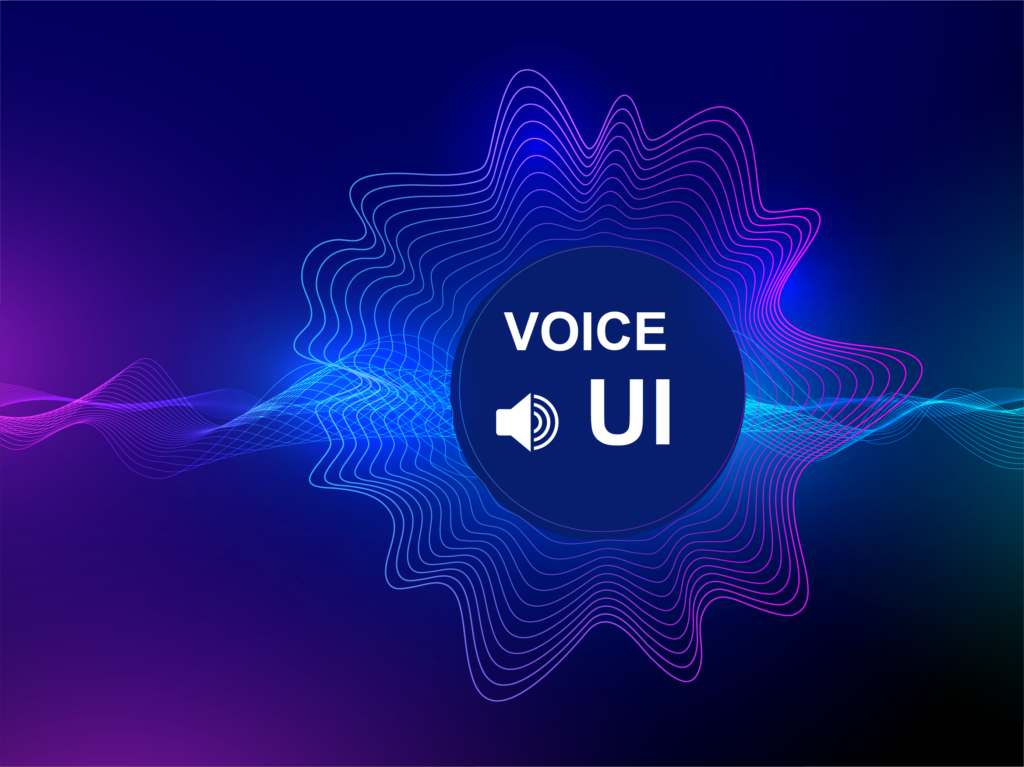
Accessibility: Design That Includes Everyone
Accessibility means designing interfaces that can be used by people with diverse abilities-including those with vision impairments, motor disabilities, cognitive challenges, and age-related limitations.
Key Accessibility Trends in 2025:
- Dynamic text resizing and scalable UI components
- Keyboard-only navigation and voice-command alternatives
- Reduced motion options for users with vestibular disorders
- Color contrast checkers and screen reader-friendly structures
- Support for neurodiverse users with simplified layouts and focused modes
Voice-Activated Interfaces: Designing Without Screens
With the explosion of smart assistants (Alexa, Siri, Google Assistant) and voice-activated devices, voice interfaces are becoming mainstream. In 2025, they’re not just assistants-they’re part of apps, websites, and services.
User Experience Boosts via Voice Interfaces:
- Enables hands-free control, ideal for situations where touch interaction isn't possible (e.g., cooking, driving, or accessibility needs).
- Enhances digital accessibility for users with visual or motor impairments by removing reliance on screens or physical gestures.
- Speeds up user interactions by allowing natural, spoken commands instead of navigating complex menus or typing.
- Improves usability on mobile and wearable devices, where screen space is limited and efficiency is key.
Emotion-Aware Interfaces
With AI detecting facial expressions, typing rhythm, and voice tone, interfaces can now sense frustration, confusion, or happiness. This allows real-time UI adaptation-like calming visuals during stress or simplified layouts when users are overwhelmed.
Building on this, emotion-aware interfaces help foster a more intuitive and supportive digital experience. By anticipating and responding to emotional states, apps can guide users more effectively offering helpful prompts, adjusting tone, or even pausing interactions to reduce pressure. This not only improves usability but also creates a sense of empathy, making technology feel more like a companion than a tool.
AI-Powered Personalization
AI-powered personalization is transforming how designers craft user experiences. By interpreting user behavior, preferences, and interaction patterns, AI enables the creation of highly tailored and intuitive digital environments. This technology allows designers to deliver dynamic content, smart recommendations, and adaptive interfaces all in real time. As AI capabilities continue to evolve, anticipating user needs and providing proactive, context-aware solutions will become an integral part of the UI/UX workflow.
For businesses, this is a great way to keep users interested and engaged. For example, online stores can suggest products based on what someone has looked at or bought before, while apps can show a news feed that matches each person’s taste. Designers will need to use AI carefully so that it not only makes apps easier to use, but also helps users feel more connected to the product or service.
Dark Mode Design
Dark mode has moved beyond being a trendy aesthetic-it’s now a standard feature in modern UI/UX design. In 2025, users expect dark mode options across websites, apps, and operating systems, not only for comfort but also for practical reasons. By reducing screen glare and eye strain, especially in low-light environments, dark interfaces offer a more pleasant experience for many users.
Beyond usability, dark mode also has energy-saving benefits, particularly on OLED and AMOLED screens where dark pixels use less power. Designers are now focusing on creating visually balanced dark themes that preserve readability, contrast, and accessibility. It’s not just about flipping colors; it’s about rethinking UI elements-icons, typography, shadows, and color accents-to ensure a sleek, modern, and user-friendly experience that performs just as well as light mode.
Conversational & Voice UI on the Rise
As users look for faster, more natural ways to interact with technology, conversational and voice-based interfaces are becoming essential in modern UX design. In 2025, voice assistants like Alexa, Siri, and Google Assistant are no longer limited to smart speakers-they’re integrated into mobile apps, websites, vehicles, and even customer service platforms. This shift is driven by the need for hands-free, intuitive, and accessible experiences, especially for people on the go or those with physical limitations.
Conversational UI also includes chatbots and text-based assistants, which now use AI to handle complex tasks, answer questions, and guide users through workflows. These interfaces allow users to interact with digital products through everyday language-reducing friction and enhancing usability. For designers, this trend means focusing more on dialogue design, tone of voice, and multimodal experiences that combine visuals, touch, and speech into one seamless interaction.
Motion Design and Micro-Interactions
In 2025, motion design and micro-interactions are no longer just decorative-they’re functional tools that enhance the user experience by adding clarity, feedback, and personality to digital products. Motion design helps guide users through complex interfaces, create a sense of flow, and emphasize important actions. Whether it’s a smooth page transition, a subtle button animation, or a loading indicator, motion makes interactions feel more natural and intuitive.
Micro-interactions-those tiny animations that respond to user actions-play a big role in keeping users engaged. Think of a heart icon that pulses when you like a post, or a swipe gesture that triggers a playful sound. These small details not only provide immediate feedback but also build emotional connection and delight users. In the future, designers will focus on making motion purposeful: animations must enhance usability, not distract from it.
Conclusion
UI/UX design in 2025 is all about creating smarter, more human-centered experiences. With trends like AI personalization, voice interaction, and emotion-aware design, interfaces are becoming more adaptive and inclusive. The future of design lies in understanding users deeply and responding in real time to their needs.
Tags:
tags custom
Share the post:
Let us help you get your project started.
BlueEra Softech – IT Solutions & Services WordPress Theme is a modern theme, designed for companies providing IT services and technology solutions. With a professional interface, powerful features, WooCommerce integration, and SEO optimization, BlueEra Softech helps businesses build impressive and easily customizable websites.
Contact:
